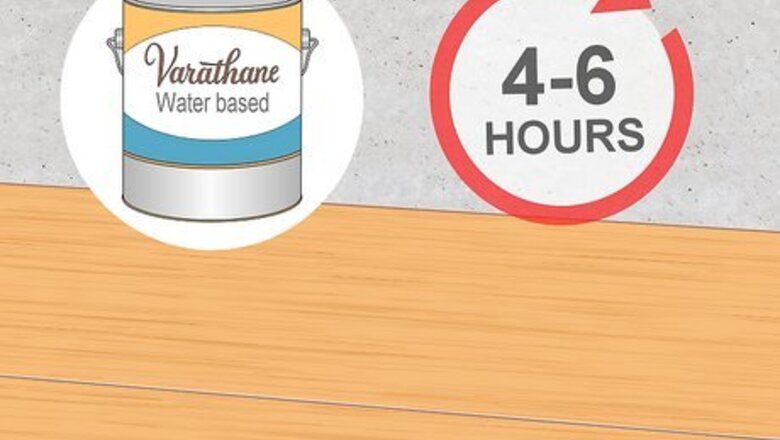
views
- Water-based stains usually take 4 to 6 hours to dry, while oil and gel-based stains can take up to 12 to 24 hours.
- Stain dries the best in warm, dry areas that get great airflow.
- Hardwoods like oak and maple usually dry faster from staining than softwoods like pine and fir.
- Speed up your stain drying time by applying thin coats of stain, working in a warm, dry area, and giving your wood lots of air.
Type of Stain
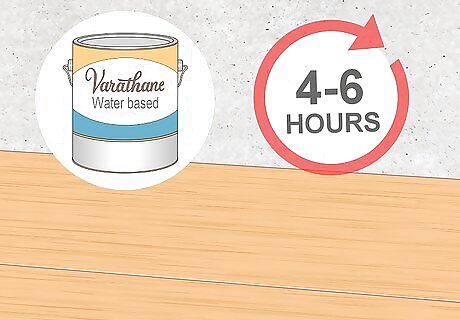
Water-based stains take about 4 to 6 hours to dry between coats. In general, water-based stains are the fastest drying wood stains. While you can reapply the stain after 4 to 6 hours, it needs to dry for about 48 hours before sealing with a finishing coat.
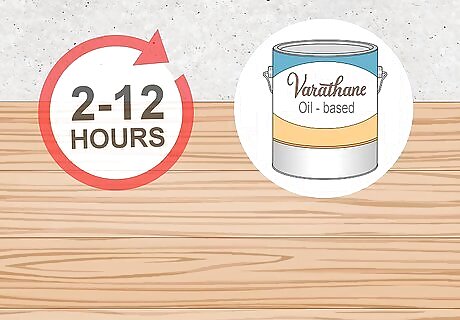
Oil-based stains need to dry between 2 to 12 hours before recoating. Oil-based stains vary wildly when it comes to dry times, as drying really comes down to the brand you choose. Some can take 1 to 2 hours to dry between coats, while others take 12 or more. However, most oil-based stains need to dry for 24 to 48 hours before finishing. Because oil-based stain dry times vary so much, check the back of your can to see what your specific brand recommends.
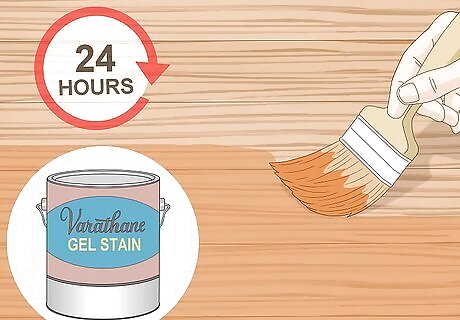
Gel-based stains can take up to 24 hours to dry between coats. A gel stain is thicker than both water and oil-based stains, so it generally takes longer to dry. Its thickness makes it great for covering pieces of wood that have lots of food and water stains. However, that means this stain needs to dry fully for 72 hours before you finish it with a sealant. Unlike water and oil-based stains, gel stains act more like a sealant. They don’t really penetrate the wood, but cover it, which protects the wood from damage.

Lacquer stains dry quickly, usually in about 15 minutes between coats. Lacquer is a long-lasting type of stain that is often used by professional woodworkers. The high shine of this stain means it usually doesn’t need a sealant, but it does need to be left to fully dry for 24 hours. Always wear a respirator mask, a pair of gloves, and work in a well-ventilated area when using lacquer. Breathing in or touching lacquer can be uncomfortable and even dangerous.

Water-soluble dye stains can take about 24 hours to dry. Dye stains actually come in a powder form, which you mix into water and then apply to the wood. Water-soluble dye fades quickly in direct light, so it might not be the best stain for outdoor projects. Unlike water-soluble dyes, metalized dye stains can be mixed into either water, alcohol, or lacquer thinner. Using alcohol or lacquer thinner can make your dry time shorter, ranging from 15 minutes to 3 hours. This type of dye also doesn't fade.
Weather Conditions

Stains dry the best in temperatures around 70 to 80° F (21-26° C). Staining your wood in temperatures below 50° F (10° C) can cause your stain to stay wet and tacky longer. On the other hand, really hot temperatures of 90° F (32° C) and above can cause your stain to dry too quickly. The stain can’t penetrate the wood properly, leaving you with very lightly stained wood.
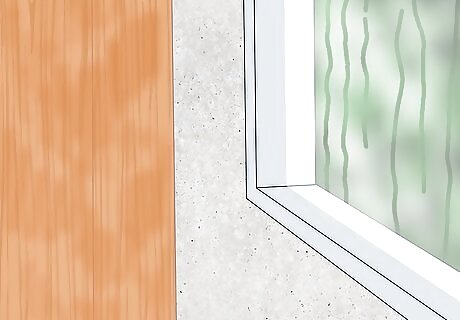
High humidity can make your stain take longer to dry. It’s best to stain your wood when the relative humidity is about 55% or below. When humidity is higher, the moisture penetrates your wood along with the stain. So, your wood has to dry from the wetness from the air and the stain. In most areas, humidity is highest early in the morning. Check your weather before staining, but afternoon is likely to be your best bet.
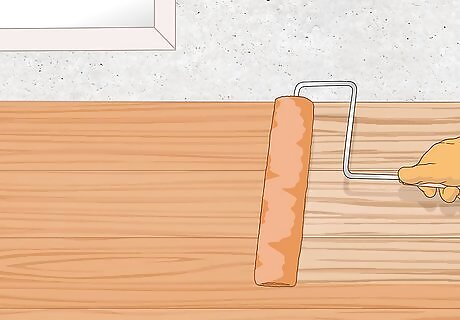
Stains typically dry faster indoors. Because temperatures vary more outside, dry times are often much longer than indoors. You might have to wait 24 hours or more for your stain to dry outside than if you stained it inside. When staining indoors, work in a well-ventilated area while wearing a respirator mask and gloves. Most stains release heavy fumes that you don’t want to breathe in.
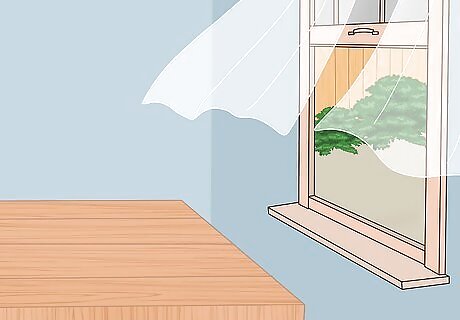
More airflow makes your stain dry faster. Without a steady stream of air, your stained piece of wood continues to absorb leftover stain particles in the air. When working in a well-ventilated area or staining on a breezy day, your wood dries faster and the stain fumes go away more quickly. It’s a win-win!
Type of Wood
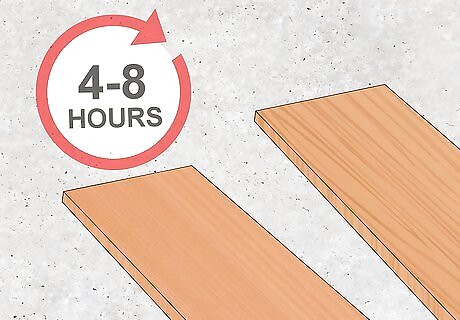
Hardwoods usually take about 4 to 8 hours to dry from staining. Woods like oak, maple, walnut, and cherry are all super durable and dense species of hardwood. Because of their density, stains absorb into the wood better, making dry times shorter.

Stains can take 10 to 12 hours to dry on softwood. Pines and firs are some of the most common softwoods. These woods are more porous than hardwoods, which means that there are more tiny, microscopic holes in the wood. With more areas for the stain to absorb into, this means that it takes it longer to dry. The pores in softwoods also mean that stains tend to turn out more blotchy and uneven compared to hardwoods. If you’re working with softwood, add a pre-stain or wood conditioner before you start staining. This helps fill in pores, which can give you a more even finish.

Pressure-treated woods typically dry from staining in about 4 to 8 hours. Like hardwoods, pressure-treated wood is durable and dense. These woods are treated with preservatives that protect them from mold, mildew, fire, and termites.
Making Stain Dry Faster
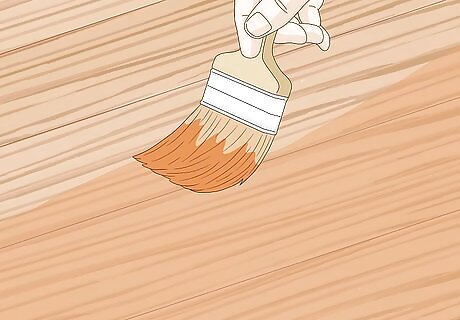
Apply thin coats of stain. While you might want to get the job done faster, thick coats of stain just mean that you’re going to wait longer for your wood to dry. When staining wood, dip a brush or rag in the stain and apply an even coat. Work in long strokes to make sure the stain isn’t sitting heavy on any part of the wood. Wiping up excess stain will help it dry faster too. Let your stain sit for 10 to 15 minutes then wipe the wood with a clean, dry rag. Be sure to sand your wood to a smooth finish before staining too. This helps you apply even coats of stain. If your stain is coming out blotchy and tacky, fix it by adding another coat. Let the stain sit for 5 to 10 minutes, then wipe it away with a dry rag. The new layer of stain dissolves the stain of your previous coat so it wipes right off, leaving behind what was able to penetrate the wood.
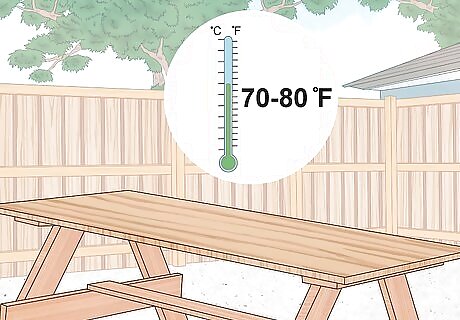
Work in a warm, dry area. If you want to stain outside, look at the weather forecast and choose a day when the humidity is low and the temperatures are between 70 and 80° F (21-26° C). If you’re working inside, place a space heater and dehumidifier in your work area to keep the room warm and reduce the humidity.
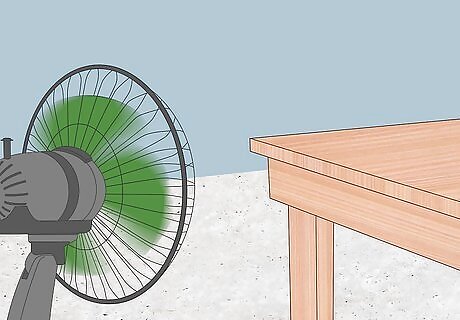
Stain in a breezy, well-ventilated location. When you’re choosing a location to stain in, make sure it gets great airflow. That might mean staining on a windy day, adding an oscillating fan to your workspace, or opening a window when you're indoors.
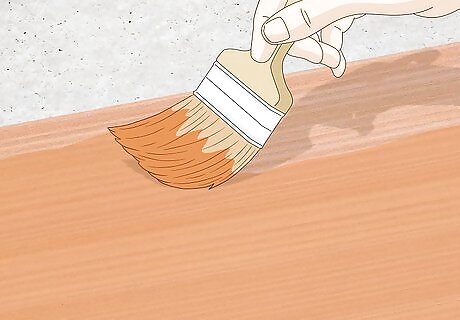
Apply stain on dry wood. While this might seem obvious, adding stain on top of wet wood will definitely make drying take longer. If you’re staining your deck and need to pressure wash it first, give it a few days to fully dry out before you stain. Likewise, if your wood gets caught in the rain or was left in humid conditions, set it in a sunny area or in front of a fan to dry.
How do I know when the stain is dry?
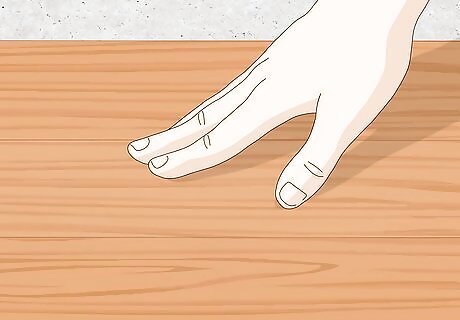
Dried stain will feel dry to the touch, not sticky or tacky. Let your stain dry for the recommended time on the can before touching, which can be anywhere from 2 to 24 hours. Then, just touch the wood! If it feels dry, your wood is likely ready for another coat of stain or a sealant. With oil-based stains, you might notice that it doesn’t smell as strong. This can be a sign that the stain is dry. Gel stains can continue to feel slightly tacky even when they’re dry. To test if this stain is dry, try to scrape off the stain with your fingernail. Just choose an area that you won’t see if it does come off!
Can you apply a sealant on top of tacky stain?
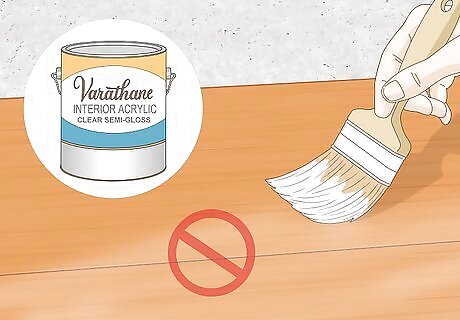
It’s best not to apply your sealant on top of stain that is still tacky. Wait for your stain to dry fully, which can take 24 to 72 hours, before applying a sealant. Adding a sealant like polyurethane or varnish over wet stain can smear and mess up your hard work. Plus, it can take your wood even longer to dry. Most sealants take about 8 hours to dry, but need a full 24 hours to completely cure.



















Comments
0 comment